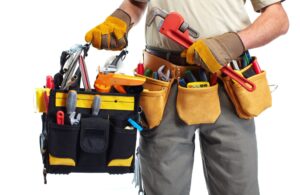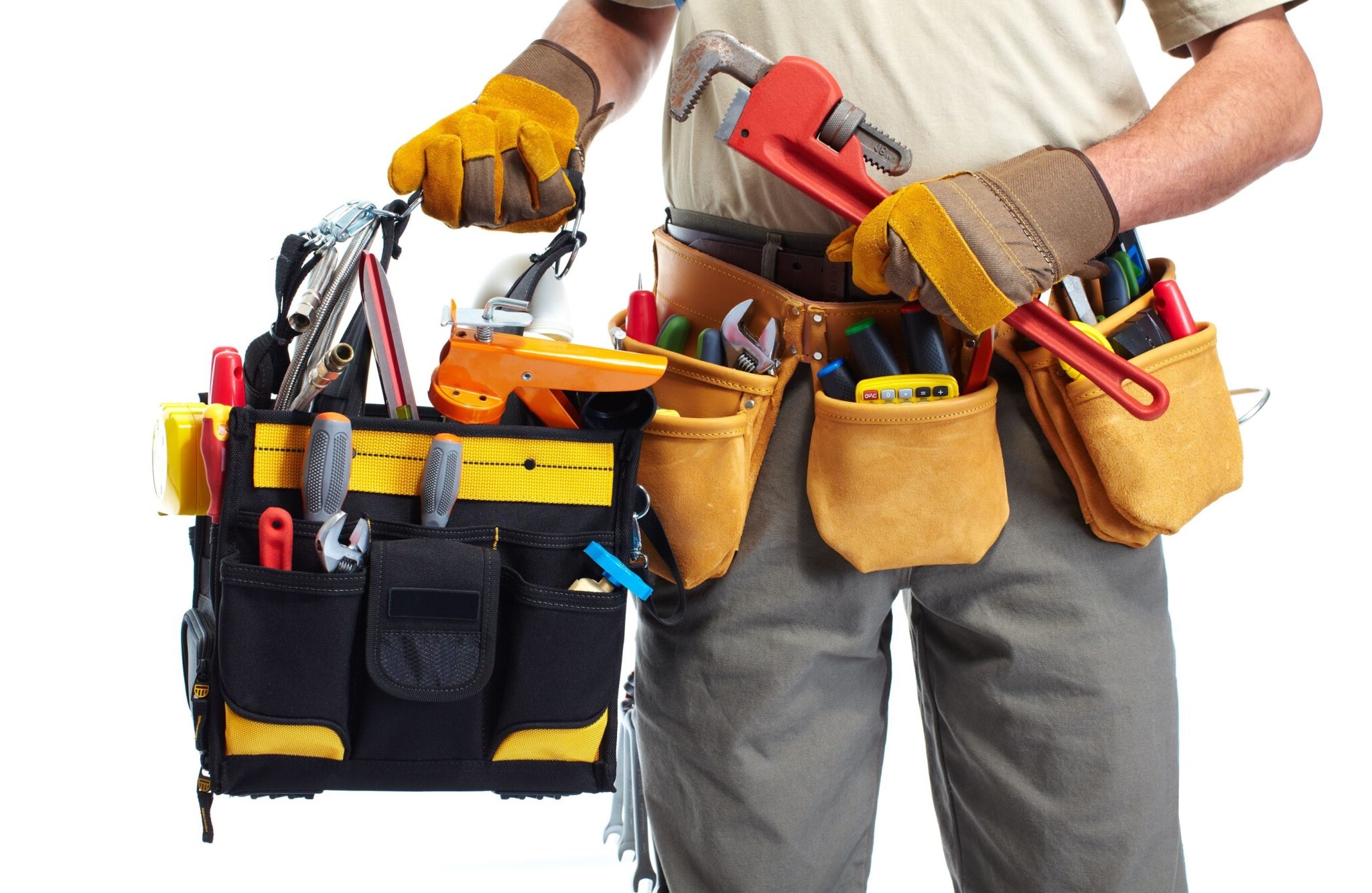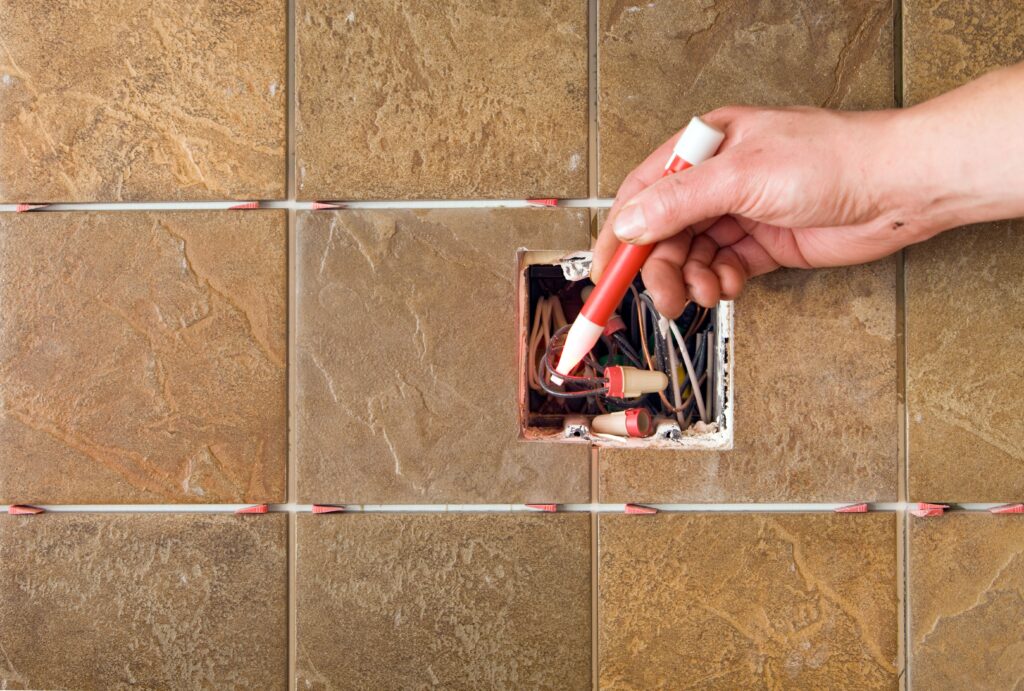
Before delving into electrical work, ensuring the power is off is paramount. This critical step safeguards you from potentially lethal shocks and prevents damage to equipment. A voltage tester acts as your trusty companion in verifying the absence of power, but using it effectively requires proper knowledge and technique. This article equips you with the know-how to confidently and safely utilize a voltage tester for power confirmation.
Types of Voltage Testers:
- Non-Contact Voltage Testers: These pen-shaped devices detect the presence of an electric field without physically touching the wires. They’re ideal for quick checks but don’t provide voltage readings.
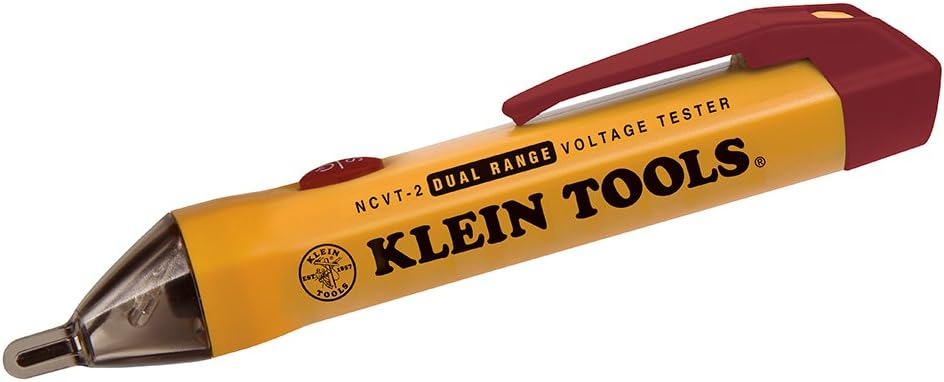
- Contact Voltage Testers: These testers, like multimeters, have probes that make direct contact with the electrical conductors. They offer voltage readings and can test for continuity and resistance, making them more versatile.
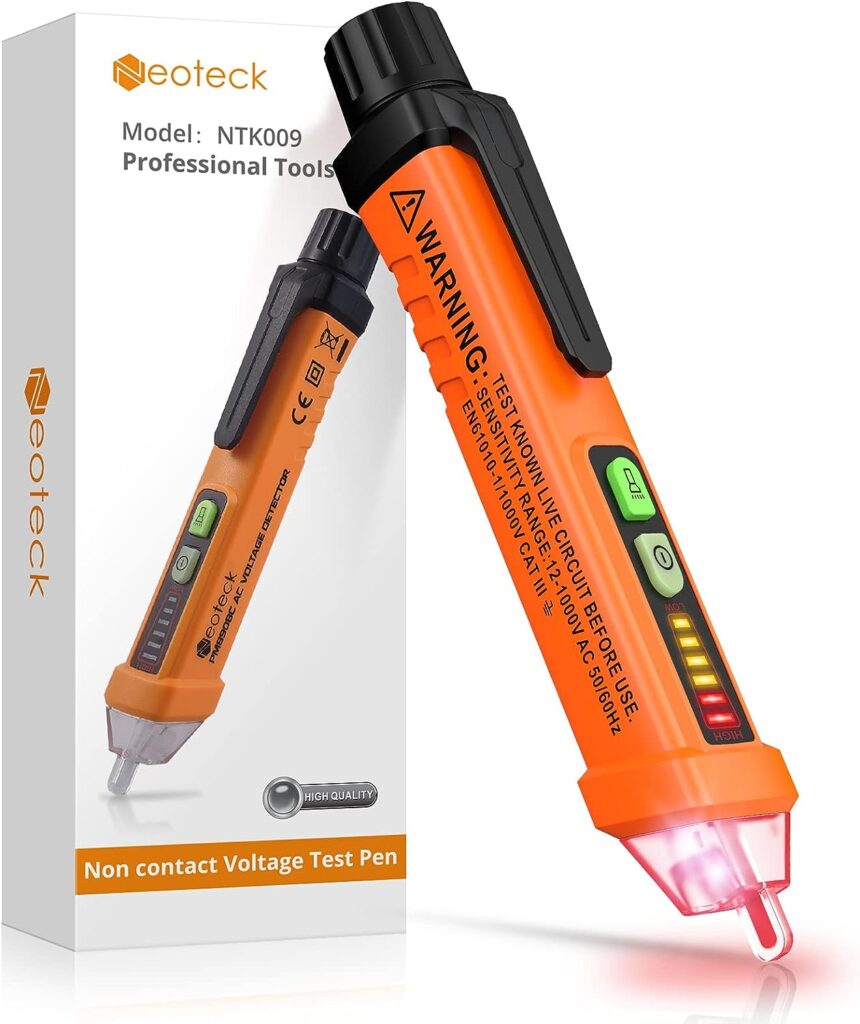
Testing Techniques:
1. Non-Contact Testers:
- Turn on the tester according to the manufacturer’s instructions.
- Slowly approach the suspected live wire or outlet with the tip of the pen.
- If the tester beeps, lights up, or vibrates, power is present. Maintain a safe distance.
2. Contact Testers:
- Outlet Testing:
- Turn off the circuit breaker or switch controlling the outlet.
- Unscrew the outlet cover plate (use caution if the outlet is suspected to be live).
- Touch the red probe to the hot slot (usually the narrower one) and the black probe to the neutral slot (wider slot).
- No reading on the tester indicates the power is off.

- Wire Testing:
- Identify and safely expose the wires you want to test.
- Ensure no one else is touching the wires or circuit.
- Follow the same probe placement and reading interpretation as for outlet testing.
Safety Precautions:
- Always wear insulated gloves and safety glasses when working with electricity.
- Double-check that the circuit breaker or switch is off before testing.
- Never touch bare wires directly.
- Use caution when working near energized circuits.
- If unsure about anything, consult a qualified electrician.
Real-World Experiences:
- Electrician John Smith: “In my 20 years of experience, I’ve seen countless accidents occur due to improper power verification. Using a voltage tester and following safety protocols are non-negotiable for anyone working with electricity, professional or DIYer alike.”
- Homeowner Jane Doe: “I used a non-contact tester to confirm the power was off before replacing a light fixture. It gave me peace of mind and prevented a potentially dangerous situation.”
Remember: Your safety is paramount. When in doubt, seek professional help. By understanding how to use a voltage tester effectively and prioritizing safety measures, you can confidently navigate electrical tasks and avoid unnecessary risks.
Additional Resources:
- Electrical Safety Foundation International: https://www.esfi.org/
- National Electrical Code: https://www.nfpa.org/for-professionals/codes-and-standards
- How to Use a Multimeter: https://www.wikihow.com/Use-a-Multimeter
-
5 Questions to Consider Before Installing Rooftop Solar
As energy costs rise and environmental concerns grow, many homeowners are considering rooftop solar panels as a sustainable and cost-effective
-
How Much Does A Handyman Charge To Paint A Room In Minnesota?
Giving your Minnesota home a fresh coat of paint can breathe new life into a space. But if you’re not
-
How Much Does a Handyman Charge Per Hour in Minnesota (Updated for 2024)
Keeping your Minnesota home in tip-top shape often requires a toolbox full of skills and sometimes, more hands than you
-
Make a Pea Gravel Patio Yourself -What Tools You May Need?
Pea gravel patios offer a charming and budget-friendly way to create an inviting outdoor space. They are perfect for patios,
-
Pea Gravel Patios: A Budget-Friendly But Practical Choice?
Pea gravel patios have become a popular choice for homeowners looking for an attractive and affordable outdoor space. Made from
-
The Curious Case of the Skibidi Toilet Song: A Viral Enigma
The internet is a breeding ground for bizarre trends, and the “Skibidi Toilet Song” is a prime example. While its
-
Home Depot Kids Workshop Registration in Minnesota
The Home Depot has long been a beacon for DIY enthusiasts and home improvement projects. However, what many might not
-
Hank Adams – Interview | Questions Answers
Bison Hardwood is an Arlee, Montana-based distributor. Hank Adams serves as both director of manufacturing and general manager. He owned
-
How to Choose the Right Home Builder in Minnesota?
Selecting the right house builder for your needs can be difficult in many cases. The builder you choose should be
-
Simple Steps to Paint Garage Floor
A freshly painted garage floor can significantly transform your space, making it brighter, cleaner, and more resistant to wear and



